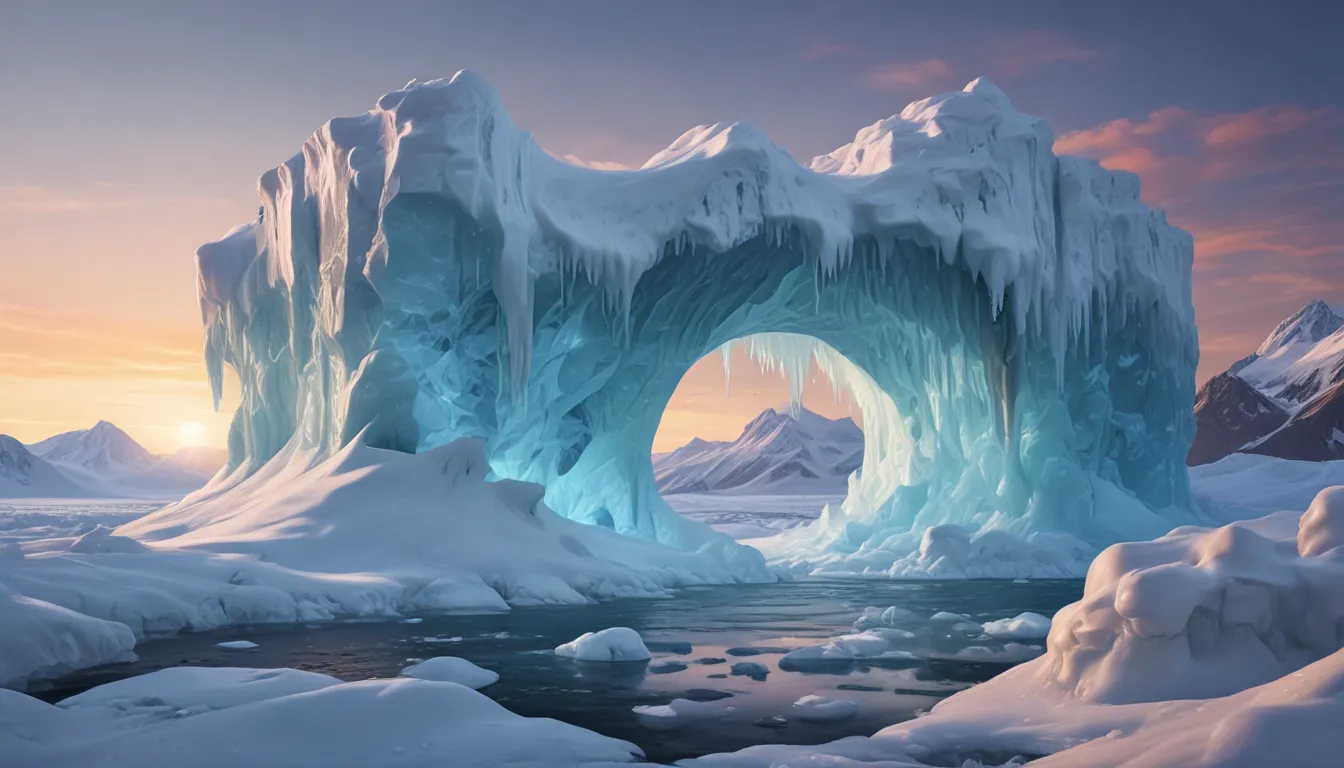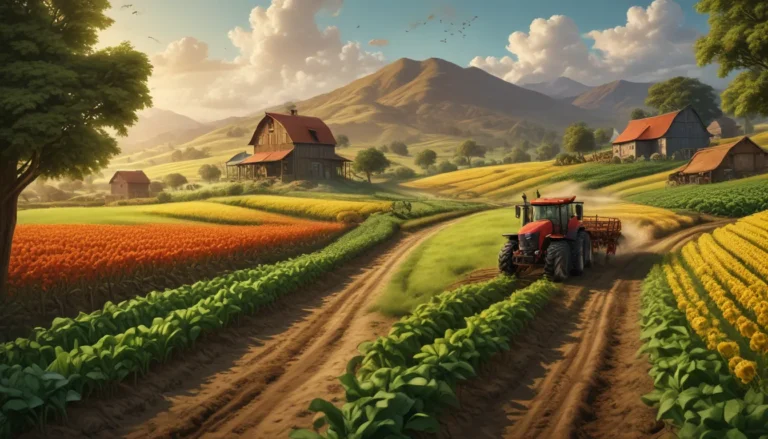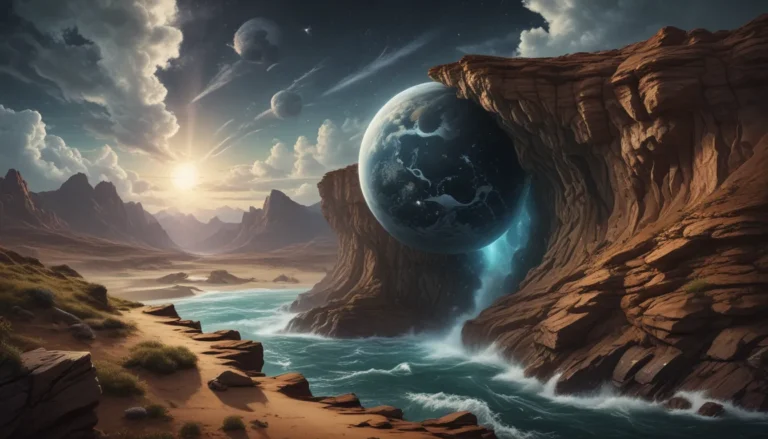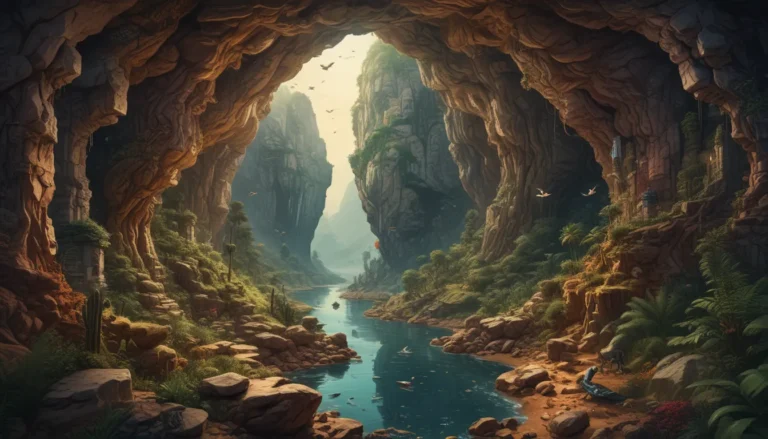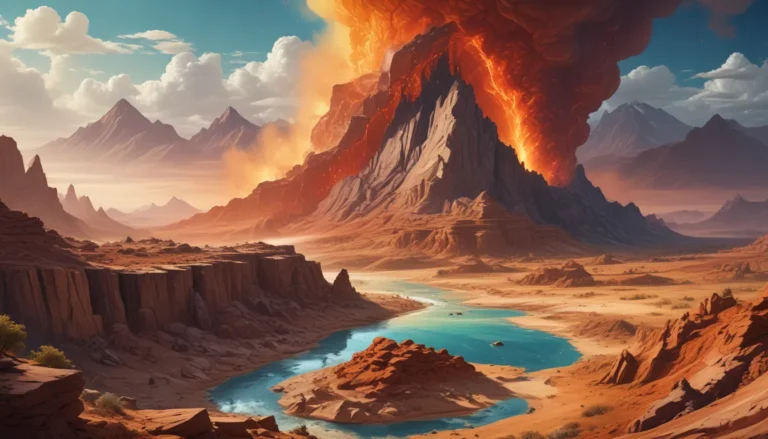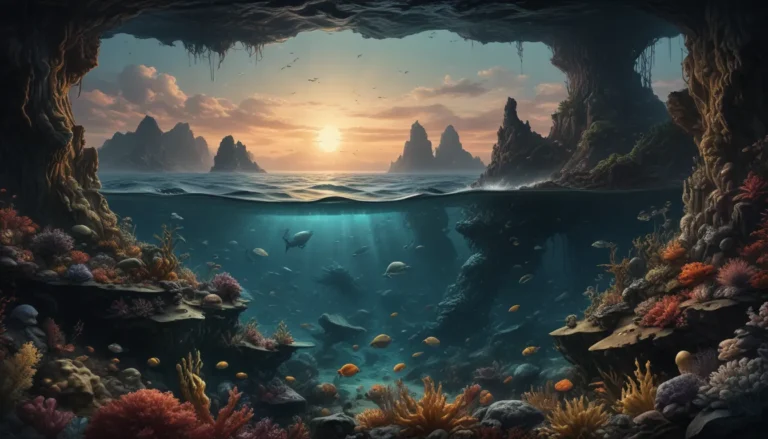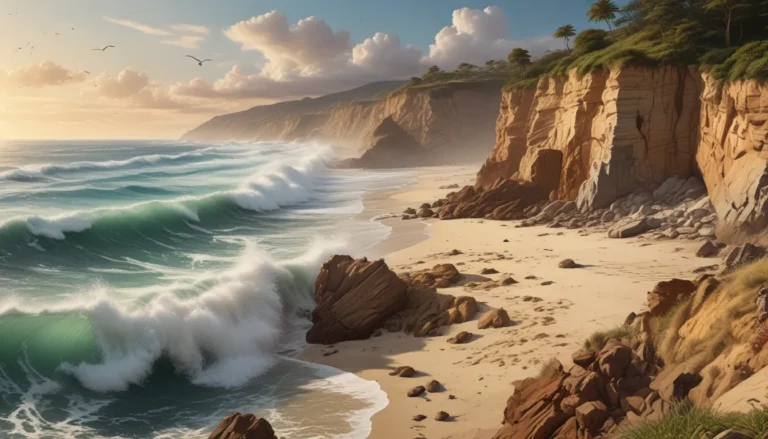A Note About Images: The images used in our articles are for illustration purposes only and may not exactly match the content. They are meant to engage readers, but the text should be relied upon for accurate information.
Ice caps are more than just frozen landscapes; they are essential components of our planet’s ecosystem. These icy wonders, found in polar regions, play a vital role in regulating global climate, supporting unique ecosystems, and providing valuable insights into Earth’s history. In this article, we will delve into 20 intriguing facts about ice caps that will broaden your understanding of these enchanting formations. Join us on a captivating journey through the world of ice caps as we uncover their significance and the challenges they face.
The Marvels of Ice Caps
Ice caps are immense formations of permanent ice that blanket polar regions, encompassing both land and sea. These vast expanses of ice, covering millions of square kilometers, are not only visually stunning but also serve as critical components of the Earth’s climate system.
Guardians of Climate Stability
Ice caps act as natural thermostats, reflecting sunlight back into space and helping regulate the Earth’s temperature. By doing so, they play a crucial role in maintaining the delicate balance of the planet’s climate system and influencing global weather patterns.
Greenland’s Impressive Ice Cap
Greenland boasts the largest ice cap in the Northern Hemisphere, spanning approximately 1,710,000 square kilometers. This massive ice cap holds enough ice to raise global sea levels by about 7 meters if it were to melt completely, underscoring its significance.
Antarctica’s Ice Cap: A Colossal Entity
Antarctica is home to the world’s largest ice cap, covering an area of around 14 million square kilometers. This expansive ice sheet contains a staggering 90% of the planet’s total ice and 70% of its fresh water, highlighting its sheer magnitude.
A Cry for Help: Melting Ice Caps
The rapid melting of ice caps, driven by climate change, poses a pressing threat to polar wildlife and contributes to rising sea levels. Scientists have observed significant decreases in the size and thickness of ice caps, signaling a worrisome trend with far-reaching implications.
Biodiversity in Ice Cap Habitats
Despite their harsh conditions, ice caps are home to a diverse array of life forms, from microscopic organisms to iconic polar species like polar bears, seals, and penguins. These unique ecosystems showcase nature’s resilience and adaptation to extreme environments.
Unveiling Earth’s Past Through Ice Cores
The layers of ice within ice caps serve as valuable archives of Earth’s climatic history. By analyzing ice cores, scientists can reconstruct past atmospheric conditions, trace greenhouse gas levels, and unravel the impact of human activities on the environment—an invaluable resource for climate research.
The Allure of Blue Ice
When sunlight interacts with ice caps, the ice’s dense structure selectively absorbs colors, leaving only blue light to be reflected. This mesmerizing phenomenon gives ice caps their distinctive blue hue, captivating observers with its ethereal beauty.
A Wellspring of Freshwater
As ice caps melt, they release freshwater into the oceans, serving as crucial reservoirs of this vital resource. The freshwater from melting ice caps helps balance ocean salinity levels and provides essential sustenance for communities and ecosystems around the world.
Rising Tides: Ice Caps and Sea Levels
The melting of ice caps contributes significantly to rising sea levels, exacerbating coastal erosion and posing threats to low-lying communities. As ice melts and flows into the oceans, the resulting sea-level rise has profound implications for coastal regions worldwide.
Vital Barometers of Climate Change
Changes in the size and composition of ice caps are key indicators of planetary climate change. By monitoring these transformations, scientists gain valuable insights into the impacts of global warming and the urgent need for comprehensive climate action.
The Human Toll: Coastal Vulnerability
As sea levels rise due to melting ice caps, coastal populations face the risk of displacement and infrastructure damage. Low-lying areas and islands are particularly vulnerable, highlighting the urgent need for resilient adaptation strategies.
Majestic Icebergs: Nature’s Sculptures
Ice caps give rise to massive icebergs as chunks of ice detach and drift away. These spectacular ice structures are awe-inspiring to behold, showcasing the raw power and beauty of nature in its frozen form.
Embodiments of Climate Regulation
Ice caps play a pivotal role in stabilizing Earth’s temperature by reflecting sunlight back into space. This reflective process helps counteract the greenhouse effect caused by escalating carbon dioxide levels, contributing to the planet’s overall climate balance.
Ancient Air Trapped in Ice
Within ice caps, ancient air bubbles preserved in the ice provide a window into Earth’s atmospheric composition in bygone eras. Analyzing these air samples offers valuable insights for climate scientists seeking to understand historical atmospheric conditions.
Research Oasis in the Ice
Ice caps offer researchers a unique environment to study a diverse range of disciplines, including climate change, glaciology, biology, and geology. These research endeavors deepen our understanding of Earth’s processes and inform strategies for sustainable environmental stewardship.
Shifting Landscapes: Geography in Flux
The melting of ice caps is reshaping polar geographies, making previously inaccessible areas navigable. This transformation opens up new opportunities for shipping routes and resource exploration, heralding a changing dynamic in these remote regions.
Inspirations in Ice: Artistic Tributes
The ethereal beauty of ice caps has inspired artists, writers, and photographers to capture their splendor in various creative works. These artistic tributes celebrate the magnificence of ice caps and raise awareness of their fragile existence in a changing climate.
Guardians of Tomorrow: Conservation Imperatives
Preserving ice caps is paramount for safeguarding future generations and preserving Earth’s ecological equilibrium. By addressing climate change and advocating for sustainable practices, we can help mitigate the impacts of ice cap melting and promote a healthier planet for all.
In Conclusion
Ice caps are more than icy landscapes; they are crucial components of our global ecosystem. Through our exploration of these fascinating formations, we gain profound insights into Earth’s climate dynamics, biodiversity, and historical records. As we face the challenges of climate change and ice cap melting, it is imperative that we act decisively to protect these invaluable natural wonders for the well-being of our planet and future generations.
FAQs
Q: How do ice caps form?
A: Ice caps form over thousands of years as snow accumulates and compacts into solid ice, influenced by temperature, precipitation patterns, and glacial movements.
Q: What animals inhabit ice caps?
A: Various species, including polar bears, Arctic foxes, seals, and penguins, have adapted to the extreme conditions of ice cap environments.
Q: Why are ice caps melting?
A: The primary driver of ice cap melting is attributed to global warming and climate change, leading to accelerated ice loss and instability.
Q: What are the consequences of ice cap melting?
A: Melting ice caps result in rising sea levels, posing threats such as coastal erosion, flooding, and habitat loss for diverse species.
Q: Can ice cap melting be slowed or halted?
A: While the melting process is primarily influenced by global climate patterns, efforts to reduce greenhouse gas emissions and advocate for sustainable practices can help mitigate ice cap melting and its repercussions.
Ice caps are unrivaled embodiments of nature’s resilience and beauty, yet they are also barometers of our planet’s changing climate. As we embark on a journey of discovery through the realm of ice caps, let us appreciate their magnificence and recognize the urgent need for conservation and sustainable action to preserve these icy wonders for generations to come. Join us in our mission to safeguard Earth’s precious natural heritage and create a sustainable future for all.
